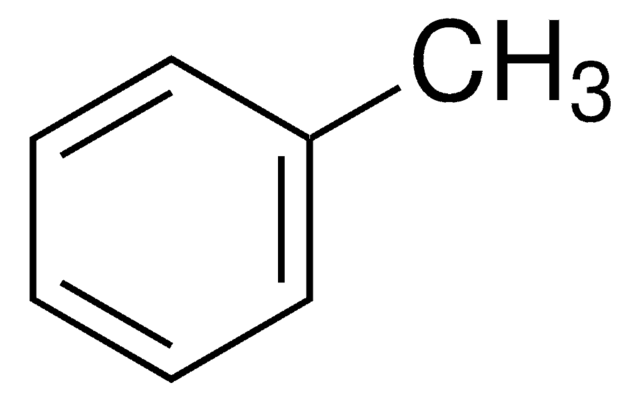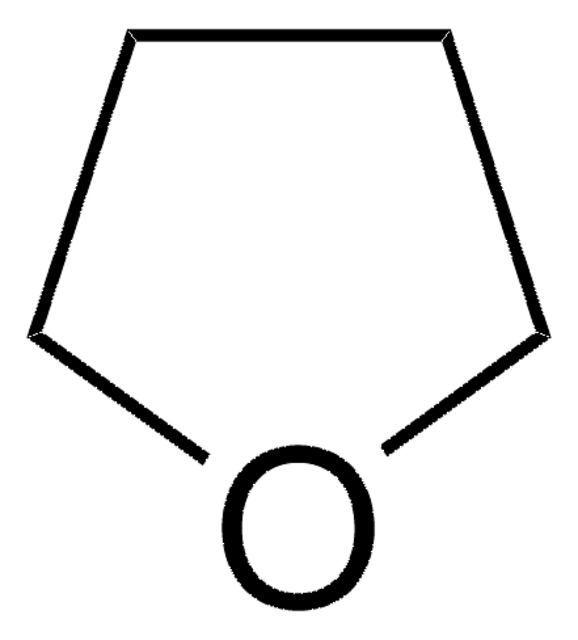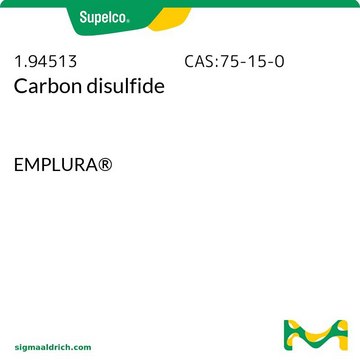200174
2-Bromo-6-methoxynaphthalene
97%
Synonym(s):
2-Bromo-6-methoxynaphthalene, 2-Methoxy-6-bromonaphthalene, 6-Bromo-2-methoxynaphthalene, 6-Methoxy-2-bromonaphthalene, 6-Methoxynaphth-2-yl bromide
Sign Into View Organizational & Contract Pricing
About This Item
Linear Formula:
BrC10H6OCH3
CAS Number:
Molecular Weight:
237.09
Beilstein:
2043874
EC Number:
MDL number:
UNSPSC Code:
12352100
PubChem Substance ID:
NACRES:
NA.22
Pricing and availability is not currently available.
Recommended Products
Quality Level
Assay
97%
mp
106-109 °C (lit.)
functional group
bromo
SMILES string
COc1ccc2cc(Br)ccc2c1
InChI
1S/C11H9BrO/c1-13-11-5-3-8-6-10(12)4-2-9(8)7-11/h2-7H,1H3
InChI key
AYFJBMBVXWNYLT-UHFFFAOYSA-N
Looking for similar products? Visit Product Comparison Guide
Related Categories
Application
2-Bromo-6-methoxynaphthalene was used in the synthesis of nabumetone [4-(6-methoxy-2-naphthalenyl)-2-butanone] by Heck reaction[1].
Signal Word
Warning
Hazard Statements
Hazard Classifications
Acute Tox. 4 Oral
Storage Class Code
11 - Combustible Solids
WGK
WGK 3
Flash Point(F)
Not applicable
Flash Point(C)
Not applicable
Personal Protective Equipment
dust mask type N95 (US), Eyeshields, Gloves
Choose from one of the most recent versions:
Already Own This Product?
Find documentation for the products that you have recently purchased in the Document Library.
An efficient, one-pot, synthesis of dithiocarbamates from the corresponding alcohols using Mitsunobu's reagent.
Chaturvedi D and Ray S.
Tetrahedron Letters, 47(8), 1307-1309 (2006)
Copolymerization of ethylene sulfide and carbon disulfide.
Soga K, et al.
Journal of Polymer Science Part A: Polymer Chemistry, 14(3), 677-684 (1976)
Nanosized titania and zirconia as catalysts for hydrolysis of carbon disulfide.
Yue Y, et al.
Applied Catalysis. B, Environmental, 46(3), 561-572 (2003)
1, 3-Dithiolium carbenes from acetylenes and carbon disulfide.
Hartzler HD.
Journal of the American Chemical Society, 95(13), 4379-4387 (1973)
Xanthogenation of lignocarbohydrates by carbon disulfide.
Efanov MV and Pershina LA.
Chemistry of Natural Compounds, 38(1), 90-94 (2002)
Our team of scientists has experience in all areas of research including Life Science, Material Science, Chemical Synthesis, Chromatography, Analytical and many others.
Contact Technical Service







